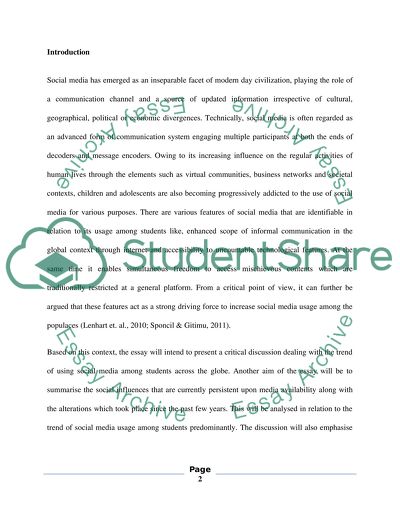Cite this document
(“How Students Use Social Media Essay Example | Topics and Well Written Essays - 2500 words”, n.d.)
How Students Use Social Media Essay Example | Topics and Well Written Essays - 2500 words. Retrieved from https://studentshare.org/journalism-communication/1466316-how-students-use-social-media
How Students Use Social Media Essay Example | Topics and Well Written Essays - 2500 words. Retrieved from https://studentshare.org/journalism-communication/1466316-how-students-use-social-media
(How Students Use Social Media Essay Example | Topics and Well Written Essays - 2500 Words)
How Students Use Social Media Essay Example | Topics and Well Written Essays - 2500 Words. https://studentshare.org/journalism-communication/1466316-how-students-use-social-media.
How Students Use Social Media Essay Example | Topics and Well Written Essays - 2500 Words. https://studentshare.org/journalism-communication/1466316-how-students-use-social-media.
“How Students Use Social Media Essay Example | Topics and Well Written Essays - 2500 Words”, n.d. https://studentshare.org/journalism-communication/1466316-how-students-use-social-media.


